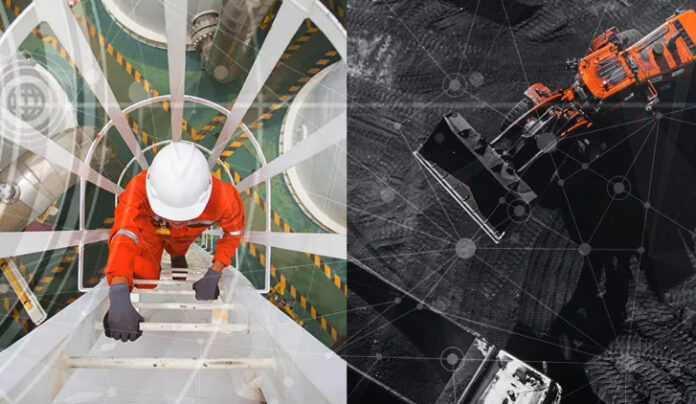The energy division of Japanese industrial conglomerate Hitachi has launched a new line of 5G-enabled routers for smart cities, oil and gas, mining, manufacturing, and utility customers. Its upgraded TRO600 series routers work in hybrid 5G systems, attaching to private and public cellular infrastructure, as required and as preferred. The new units combine “the best of public and private cellular”, it said, with Wi-Fi based broadband mesh setups in industrial premises.
Hitachi Energy is offering a single cloud-based system to manage sundry industrial networks, including incoming 5G systems. “This approach unifies communications to all devices, ensuring fast, secure, and reliable connectivity for each operational need,” the company said. Industrial-grade 5G devices remain relatively scarce, still – even Release 15-level units, offering anything for industry more than ruggedised IP (ingress protection)-rated housings.
Siemens, notably, released its first Release 15 industrial 5G router, the Scalance MUM856-1, half way through last year; a few others have done the same. Release 16 devices, bringing higher-grade industrial 5G networking capabilities, are so far unavailable. In a press statement, Hitachi Energy said it was “proud to pioneer 5G-enabled communication devices” for mission-critical industrial operations.
It said: “Integrating 5G connectivity in the TRO600 series ensures optimal efficiency for multiple customer use cases across smart cities, oil and gas, mining, manufacturing, and utility applications. The high throughput supported is expected to drive greater adoption of virtual and augmented reality (AR and VR) and video applications to aid operational efficiency and optimise processes.”
The new TRO600 series, originally introduced by Hitachi Energy in late 2020, when it was still called Hitachi ABB Power Grids, before the Japanese firm’s majority purchase of the joint venture saw its rebranding, also offers ultra-reliable low latency communications (URLLC) with its 5G upgrade, according to the release. The firm has not confirmed its 3GPP release version; URLLC tends to be conflated with Release 16 and 17 of the 5G NR standard.
It may reflect some marketing opportunism from the firm; Enterprise IoT Insights has asked for clarification. The firm commented: “Hybrid connectivity solutions can provide a combination of interoperable technologies on a single communication network, enabling applications for edge devices, mobile devices, and field networks, spanning environments from dense urban to ultra-rural.”
It went on: “A hybrid system can ensure seamless industrial communications even when specific connectivity options may be unavailable or hampered… 5G is expected to play a vital role in scaling massive industrial IoT and mission-critical applications for utilities and other essential industries, where reliable connectivity can increase personnel safety, future-proof the adoption of applications, and provide superior operational efficiency.”
The new units also feature gigabit ethernet and fiber interfaces for wired backhaul.
Massimo Danieli, managing director of Hitachi Energy’s grid automation business, said: “5G is essential on our path to decentralise and decarbonize the energy system and to accelerate the energy transition. With 5G, businesses can further expand a data-driven approach to efficiently manage their energy demand and balance the load on the grid.”
In a supplied statement, Chantal Polsonetti, vice president of advisory services at ARC Advisory Group, commented: “Given its history and leadership in building and managing power and communication networks, Hitachi Energy is well-positioned to help industrial companies harness the power of 5G as they pursue digital transformation.”

